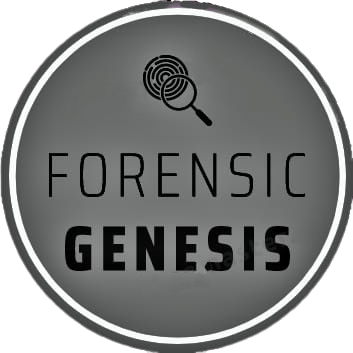Touch DNA viz. trace DNA is perfect example of Locard’s exchange principle, formulating the basis of forensic science. It basically states that any contact between two objects exchanges a trace amount of matter. Touch DNA is obtained from the shed skin cells whenever a person comes in contact or touches any object. This kind of DNA can be found in every sample of fingerprint but its extraction is a cumbersome task in consideration of its trace amount. There is diversity in methods of its extraction but the main problem arises when task is to preserve fingerprint and extract DNA as well. Scientifically, the evidentiary value of fingerprints is 100% and that of DNA is 99.9%. It becomes crucial to preserve both of them to strengthen our case. In this era of vicious and cunning criminals where evidences are obscured.The extraction of touch DNA is practical but not practiced. We aim at comparing various methods. The most appropriate method should be able to analyze the smallest possible amount of DNA
HYDROGEL
After applying the hydrogel to extract amino acids from fingerprints, the investigation of hydrogels to absorb DNA from fingerprints roughly yielded between 20–60% of the DNA quantity as compared to swab method. Although this is significantly lower than the swab, still hydrogels act as an addition to the current workflow, as DNA could be recovered from fingerprints while enough material is left behind for fingerprint visualization. The larger variation in DNA yielded by the hydrogels is most likely due to the extra steps in the sample preparation, especially the transfer of the lifted hydrogel to an aliquot, indicating that further optimization of the sample preparation is necessary.
Double swab
Overall, average DNA yields ranged from 0.45 ng to 0.68 ng . The use of the QIAamp DNA Investigator Kit more often produced detectable, quantifiable DNA versus the organic method, prepGEMTM Tissue Kit, and the Invisorb Spin Forensic Kit. However, when the effect of visualization treatment was considered, there was no clear, single DNA extraction method that significantly improved DNA recovery. Interestingly, inhibition was only detected in sample sets processed using the ZyGEM prepGEMTM method, regardless of visualization treatment. Thus, given the many challenging attributes associated with touch DNA and archived latent fingerprints specifically, it is recommended that a post-extraction purification/concentration step be considered if samples are processed using enzyme-based liberation assays or that these assays be avoided altogether when processing these sample types.
FDF
The FDF Kit is suitable for multiple types of forensic samples. The simple and fast one-step protocol of the FDF Kit combines the effective removal of PCR inhibitors with appropriate yield of DNA. Thus, valid and highly informative DNA profiles can be obtained from DNA sources like fingerprints on acrylic adhesive surfaces or traces with limited quantities of DNA for database construction and forensic casework, respectively. The advantage of this technique is also that the same gun can be used both for fingerprint and for DNA analysis, allowing both types of evidence to be obtained from the same gun, but this requires careful handling at the crime scene and afterward.

References:-
- Bhoelai, B. B. ((2013).). Revision of the tape used in a tape-lift protocol for DNA recovery. . Forensic Science International: Genetics Supplement Series, 4(1),, e270-e271.
- Daly, D. J. (2012 ). The transfer of touch DNA from hands to glass, fabric and wood. Forensic Science International: Genetics, 6(1), 41-46.
- Hess, S. &. ( (2017)). Recovery of trace DNA on clothing: a comparison of mini‐tape lifting and three other forensic evidence collection techniques. Journal of forensic sciences, 62(1), 187-191.
- Kirgiz, I. A. (2017). Increased recovery of touch DNA evidence using FTA paper compared to conventional collection methods. Journal of forensic and legal medicine, 47,, 9-15.

Leave a comment